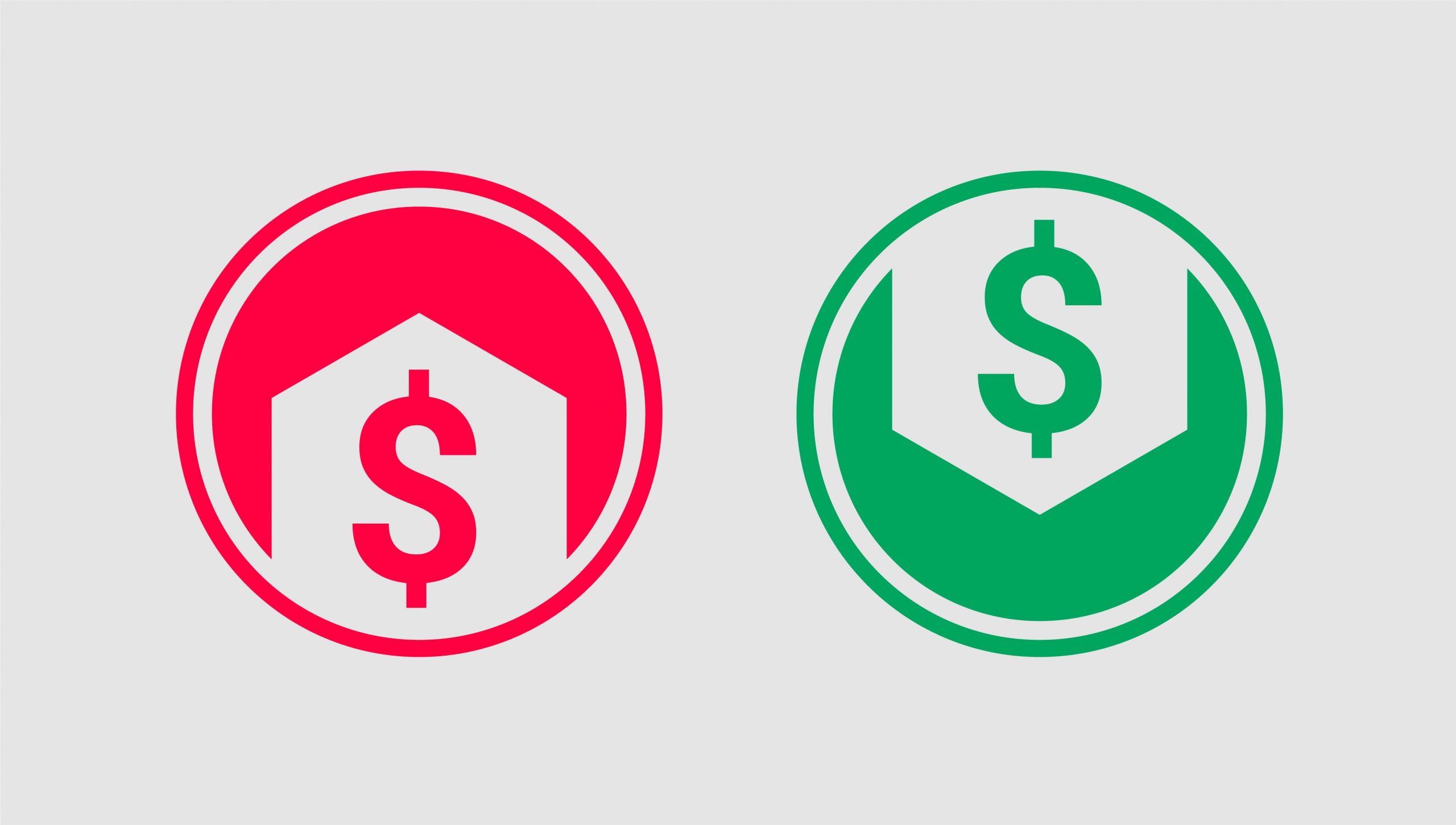Price skimming is a business strategy for pricing goods and services. When introduced to the market, the good or service is priced at a higher-than-usual price and then lowered incrementally over time.
The “skimming” refers to skimming off of customers willing to meet a specific price point. Once a customer segment is satisfied/saturated, that segment is “skimmed” off. The price is reduced, and the next segment of buyers is revealed.
In this article we will:
- Review pros and cons of using price skimming as a strategy
- Examine real-world examples of this strategy
- Explore businesses best or least suited to this type of business model
Let’s jump right in!
Price Skimming Pros
Recoup Sunk Costs Quickly. – Pricing a product as high as possible early on can mean quickly recouping research, development and production costs.
Cost Savings. Customers who adopt new products and technology before the majority does can test your product for you. Their feedback can help refine your design AND create a buzz for it, saving you money overall on testing and marketing.
Inventory Control. Even as a product loses popularity you can still move it at a clip if you can tap into different customer segments who were willing to wait to buy it at a lower price.
Market Observation. Timing price reductions and segmenting customers allows for a paced analysis of market behavior. More time means more measured, confident conclusions for moving forward, even with future products.
Price Skimming Cons
Customer Perception. Lowering a price too soon can annoy those who bought at full price. Depending on the decrease, could make you look greedy.
Quality is Key. Simply put, the quality of your product must justify its price.
Keen Competitors. New products with high prices raise a flag with competitors. They will determine how they can replicate your product at a lower cost, employ penetration pricing and grab a share of the market.
Short Term Strategy. Your customer pool at each level will eventually run out, potentially leaving you with excess inventory and no one to buy it. Additionally, if this strategy becomes your norm, your audience will come to learn that your price will eventually drop, leaving smaller numbers willing to buy at the highest price.
When Price Skimming Works . . .
The Trifecta
In an ideal scenario, price skimming works when:
- You have a crowd of early adopters and innovators who follow your development and who are eager to try what your company puts out to market, no matter the cost.
- What you offer is genuinely new or innovative.
- Direct competitors do not exist.
With this trifecta, a producer is essentially free to set the image, expectations and price for their product or service because no other company has set the bar in these areas. When positioned this way, companies can use price skimming to make large profits in a short amount of time.
Apple As An Example
Take for example Apple’s release of the iPhone in 2007 which fit the three criteria mentioned above:
- Apple already had a fanatical following from the release of the Macintosh computer and IPod. The anticipation of owning an IPhone generated by this base and other early adopters and tech-obsessed consumers created a huge buzz around the product.
- The IPhone was a genuinely innovative product: a phone, music player and computer, all in one device, that could fit in your pocket.
- No one else in the mobile device industry had anything like it at the time.
Released in June of 2007, the 4G version of the iPhone priced at $499 and the 8G version at $599. In roughly 74 days, 1 million IPhones were sold in the United States. Shortly before publicizing that milestone, Apple discontinued the 4G version and reduced the price of the 8G model to $399. It’s obvious the initial push resulted in enormous revenue, but there was a downside. We’ll explore that in the next section.
Apple has been able to maintain high prices for subsequent releases of the IPhone because they still have a loyal following that will always buy Apple products. No other mobile device provides the same experience.
Other Examples
The fashion and automotive industries also regularly use a price skimming model. Top brands in these areas have a loyal following. They work on a seasonal or yearly cycle with innovation at the forefront. Each new release creates an IPhone-like buzz for the latest and greatest. They can continue to release new collections at high prices seasonally. To manage left-over inventory, they employ price skimming, putting products on clearance to move old inventory out. At the same time, their competition typically finds a way to develop and release similar products, putting additional pressure on their pricing strategy.
For other products, brand loyalty is more fickle, which means that price skimming will likely only work once.
If you were in the market for a music player in 1982, you may have been interested in a new technology called a compact disc (CD) player. The first CD player was made by Sony and sold for about $700, but prices quickly decreased in the following years. As the popularity of the CD player increased, manufacturing capacity and increased supply made penetration and competition based pricing more effective methods in this market. A similar story plays out for flat screen televisions, DVD/Blu Ray players, and computers.
. . .And When it Doesn’t
If a product similar to yours has already made it to market under a price skimming strategy, you shouldn’t follow suit, unless you’ve implemented significant improvements over the original. Potential customers who cannot discern a difference won’t be willing to pay a premium. If price is the only difference, then make that your strategy.
Price skimming is also not a good strategy if it will erode the perceived value of your product or service or alienate your customer base. Here are some scenarios to consider:
You Offer Personal or Professional Services.
If you are a professional architect, plumber, resume writer, etc. you build experience over the course of your career, making your time more valuable, not less. While availability of professionals offering these services could increase, and their prices may differ, one should base prices on the level of expertise required for the job at hand.
You Offer Subscription Based or Tiered Products or Services.
Subscription based services offer a base level of access to a product at a price that renews on a cycle. That cycle is usually monthly or yearly. Access to extra perks or new features requires an upgrade at a higher price and/or purchase of those features á la carte. If the base subscription price decreases over time, that can undermine customer perception of the value and quality of the product. A more sustainable and profitable model for these types of services is a freemium model. This model allows companies to move features that are popular and sustainable into the base model over time. Adding new features and pricing on higher-level subscriptions to keep increasing both customer base and revenue.
You Have a Loyal, But Entitled, Customer Base.
A base of early adopters can help, but their loyalty can make them feel entitled to a certain type of treatment. For Apple’s die-hard customers who bought an IPhone in the months leading up the price drop in September 2007, that drop resulted in feelings of betrayal, and they accused Apple of unfair pricing. The result: Steve Jobs appealed to that emotion, issued a public apology and offered affected customers a rebate. Recent releases of new IPhone models are following a different cycle: a new version is released at eye-popping prices, followed almost immediately by a slightly different version with slightly different features but with a more digestible price. With the latest versions ranging between $700 and $1000, Apple has the extra burden of continuing to appeal to its loyal following while proving its quality and innovations are worth the price.
Conclusion
A price skimming strategy requires substantial research and preparation. It is dependent on the alignment of specific factors and proper timing. It may work in the short term, but it is not a good practice to employ across the board. If grabbing a chunk of market share or recouping costs is your main goal, price skimming could be the best approach. However, if you want a long-term, value based position, neutral pricing or freemiums will better serve your goals.
If you have experienced price skimming as a consumer, what product was it, and how did you react? Tell us in the comments!









Great introduction to price skimming. A lot of small businesses put more attention on the how the font on their website. This is a great resource to share with startups and clients moving online for the first time.
Elegant Themes team is going great work. Thanks for sharing this valuable information on new product release strategery.
Great introduction to price skimming. A lot of small businesses put more attention on the how the font on their website looks, instead of how the pricing on their website works. This is a great resource to share with startups and clients moving online for the first time.